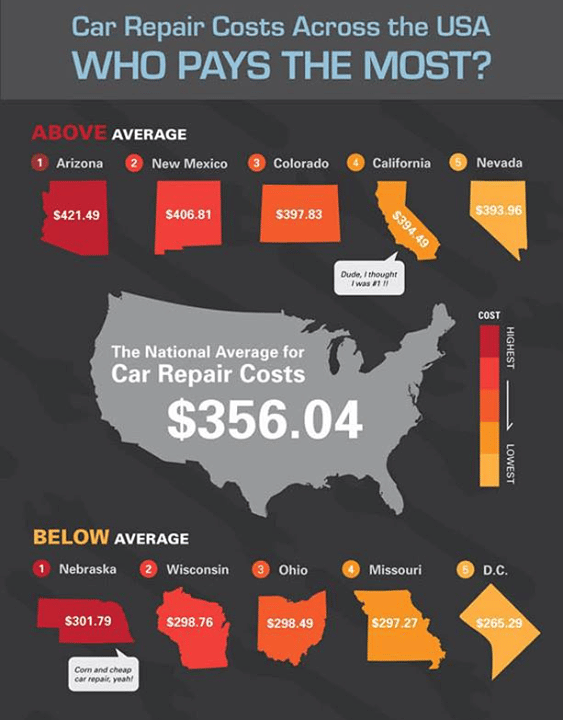Seeking Quality On The Warning Lights Displayed On Your Cars And Truck'S Control Panel? Learn How They Associate With Your Vehicle'S Health And Safety
Seeking Quality On The Warning Lights Displayed On Your Cars And Truck'S Control Panel? Learn How They Associate With Your Vehicle'S Health And Safety
Blog Article
Authored By-Hartley Forbes
When you lag the wheel, those beautiful caution lights on your dashboard can be a bit perplexing. Do you recognize what they're attempting to tell you regarding your cars and truck's health and wellness? Comprehending the importance of these lights is vital for your safety and security and the long life of your car. So, the next time one of those lights appears, wouldn't you wish to analyze its message precisely and take the necessary steps to resolve it?
Common Warning Lighting and Interpretations
Recognize common warning lights in your automobile and comprehend their significances to guarantee safe driving.
One of the most typical caution lights consist of the check engine light, which signals problems with the engine or exhausts system. If this light comes on, it's vital to have your vehicle inspected without delay.
The oil stress cautioning light shows reduced oil pressure, needing instant interest to prevent engine damage.
cut and polish car near me blinking battery light could suggest a malfunctioning charging system, potentially leaving you stranded if not attended to.
The tire pressure surveillance system (TPMS) light notifies you to reduced tire stress, impacting vehicle stability and gas effectiveness. Disregarding this might result in hazardous driving problems.
The ABS light indicates an issue with the anti-lock stopping system, jeopardizing your capacity to quit swiftly in emergency situations.
Last but not least, the coolant temperature level alerting light warns of engine overheating, which can result in severe damages otherwise settled promptly.
Understanding these typical caution lights will certainly aid you address problems promptly and keep risk-free driving conditions.
Importance of Prompt Focus
Comprehending the typical caution lights in your car is just the very first step; the importance of without delay dealing with these cautions can not be stressed enough to guarantee your safety and security when driving.
When a caution light illuminates on your control panel, it's your vehicle's means of interacting a potential problem that requires focus. Neglecting these cautions can cause more serious problems down the road, endangering your safety and possibly costing you more out of commission.
Motivate attention to advising lights can prevent malfunctions and crashes. For instance, a blinking check engine light might suggest a misfire that, if left neglected, could trigger damages to the catalytic converter. Resolving this immediately can conserve you from a pricey fixing.
Likewise, a brake system cautioning light might signify reduced brake fluid or worn brake pads, important components for your safety when driving.
Do It Yourself Troubleshooting Tips
If you notice a warning light on your dashboard, there are a few DIY repairing pointers you can attempt before seeking professional assistance.
The primary step is to consult your vehicle's handbook to comprehend what the specific caution light shows. Sometimes the issue can be as basic as a loose gas cap setting off the check engine light. Tightening interiorcarcleaning may deal with the trouble.
One more common problem is a low battery, which can set off various alerting lights. Examining the battery links for deterioration and ensuring they're protected could deal with the trouble.
If a warning light persists, you can try resetting it by disconnecting the auto's battery for a few mins and afterwards reconnecting it. Furthermore, examining your automobile's liquid levels, such as oil, coolant, and brake liquid, can assist repair warning lights related to these systems.
Conclusion
Finally, recognizing your cars and truck's caution lights is necessary for keeping your vehicle running smoothly and safely. By promptly dealing with these signals and recognizing what they imply, you can avoid costly repair services and potential failures.
Bear in mind to consult your cars and truck's guidebook for certain details on each advising light and act accordingly to ensure a hassle-free driving experience.
Remain informed, stay risk-free when traveling!
